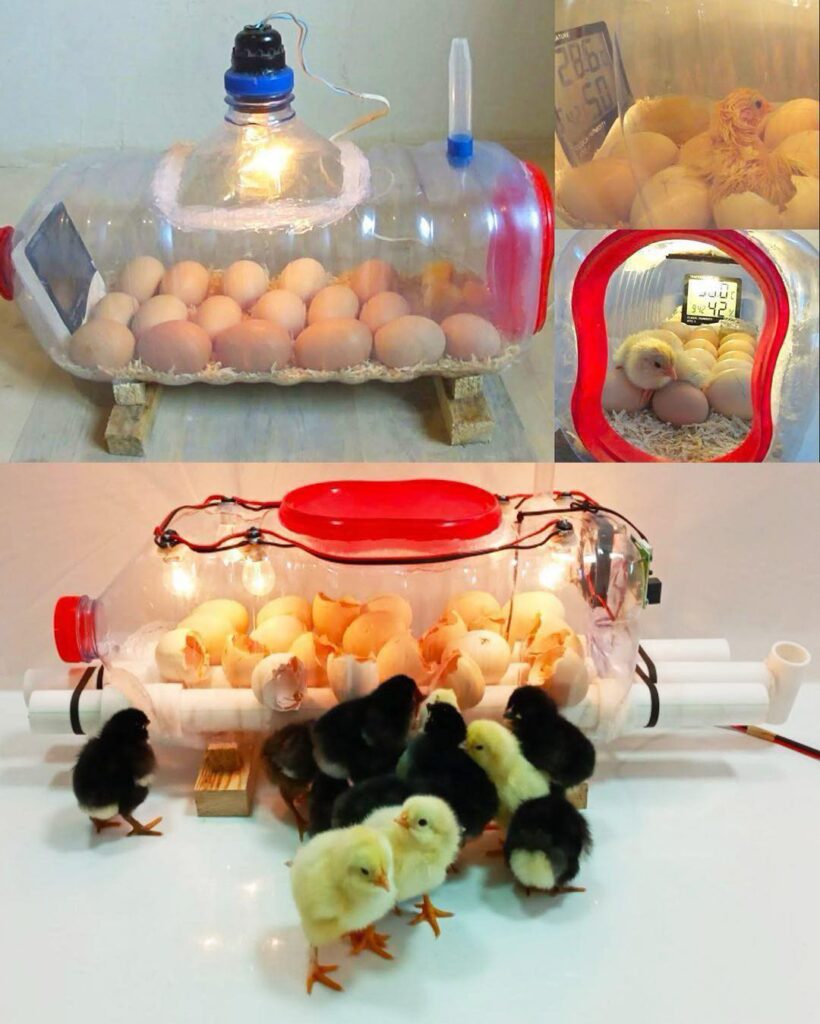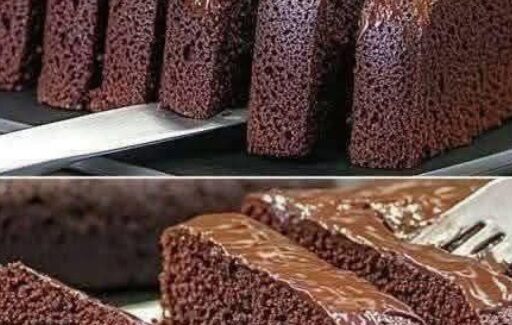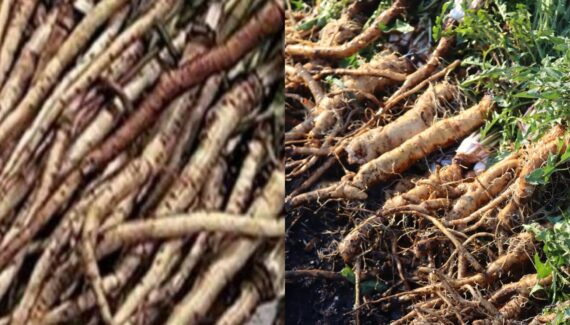
How to Build a Homemade Egg Incubator Using a Water Bottle: A Step-by-Step Guide
If you’re interested in hatching eggs at home without investing in an expensive commercial incubator, you’re in luck. With a few common household items, including a simple water bottle, you can build an effective homemade egg incubator. This method is particularly useful for hobbyists, students, and anyone keen on learning about poultry incubation on a small scale. Follow this detailed guide to create your own DIY incubator using a water bottle.
🐣 Materials You’ll Need:
- 1 large plastic water bottle (5-liter or similar)
- 1 small electric bulb (15–25 watts) or a low-heat heating element
- 1 bulb holder with wire and plug
- 1 thermometer (preferably digital)
- 1 hygrometer (optional but recommended)
- Tape (duct or electrical)
- Scissors or a sharp cutter
- A small bowl or sponge for humidity
- Eggs (fertile)
- Aluminum foil (optional)
- Clear plastic wrap or cling film
- Small fan (optional for airflow)
🛠️ Step-by-Step Instructions:
Step 1: Prepare the Water Bottle
- Clean and dry the bottle thoroughly to remove any contaminants.
- Cut an access window on the side of the bottle, roughly 10×10 cm. This will serve as your observation and access hatch.
- If the neck of the bottle is too small to fit the bulb, you can cut off the top entirely and make a wider opening, covering it later with cling wrap.
Step 2: Install the Heat Source
- Insert the bulb holder inside the bottle through the neck or the access window.
- Place the light bulb inside the holder and position it so it doesn’t touch the plastic (to prevent melting).
- Tape or secure the wire to ensure it stays in place and won’t move or short-circuit.
⚠️ Safety Tip: Only use low-watt bulbs and never leave the setup unattended for long periods.
Step 3: Create a Humidity Source
- Place a small bowl of water or a damp sponge inside the bottle.
- This helps maintain humidity, which is crucial for egg development.
- You may need to adjust the size of the bowl or sponge to balance humidity levels (ideally around 50-60% during incubation, 65-70% during hatching).










